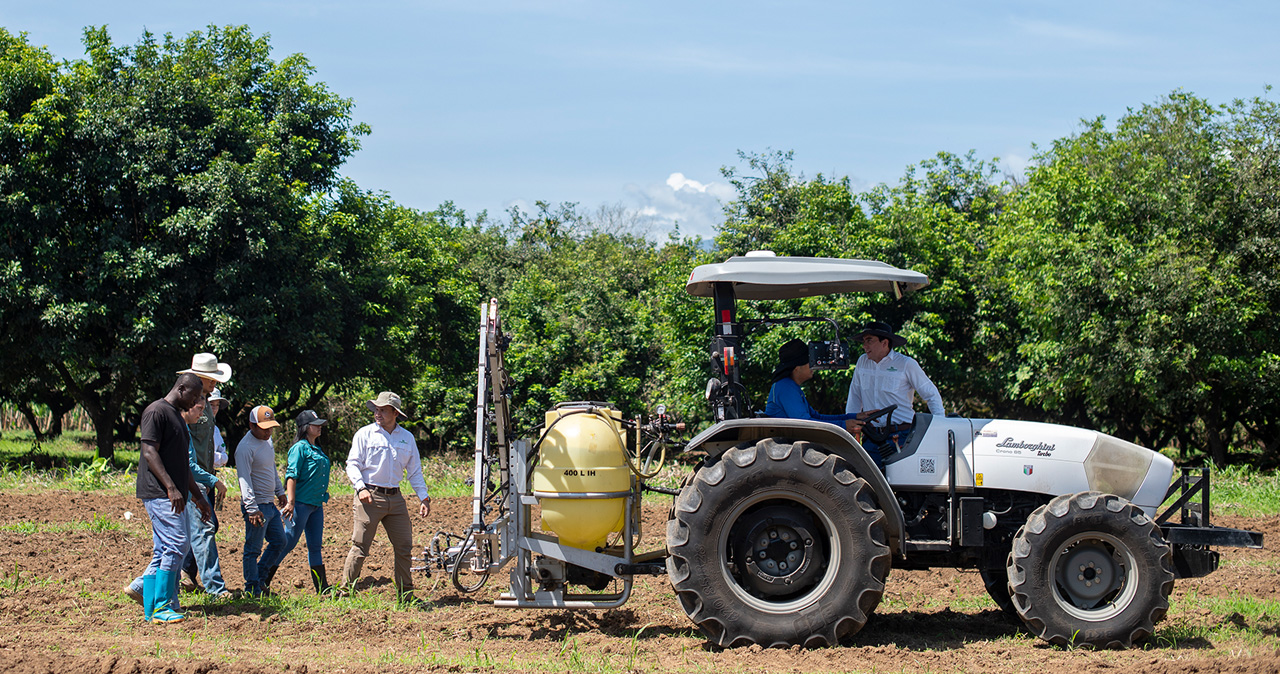EARTH University is continuously updating it processes and tools to stay at the forefront of agricultural education. In the Agricultural Engineering Center, where the Operation of Agricultural Equipment and Mechanical Skills courses are taught, these constant “facelifts,” as professor Ronald Fernández calls them, aim to continually update the available equipment and enrich the academic experience by providing students with technological tools that allow them to experiment and learn in a safe and controlled environment.
In these two courses, students work directly with precision agriculture technologies such as the Autopilot-assisted guidance system, the pneumatic seeder, the WeedSeeker, and Veris soil analysis sensors. Each tool plays a key role in the teaching process and the vision of smarter, more efficient, and more sustainable farming.
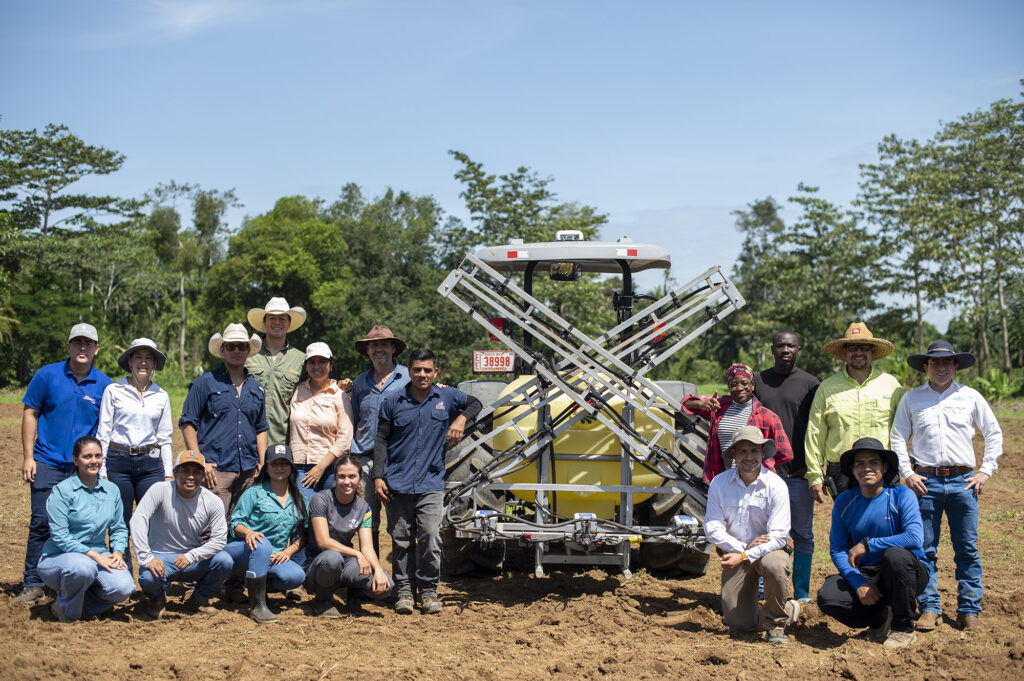
How do these technologies work, and what are they for?
The Autopilot system allows tractors to follow exact paths without constant manual intervention. This reduces the number of runs over the field, which means less soil compaction, fuel savings, and greater precision in agricultural tasks. Rather than replacing the operator, this technology enhances decision-making and improves operational performance.
The pneumatic seeder uses air pressure to place seeds at precise distances and depths. This level of control increases the uniformity of germination and reduces waste, which is essential for optimizing resources and increasing productivity per hectare.
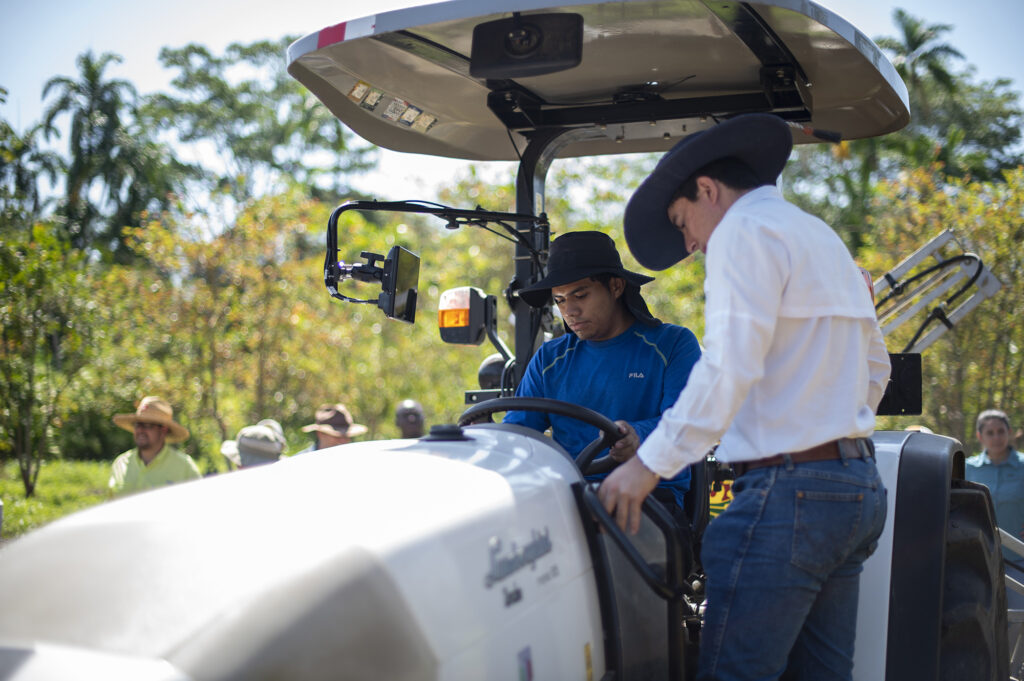
The WeedSeeker is a system of intelligent sensors that detect the presence of weeds in real time and apply herbicide only where it is needed. Unlike conventional spraying that covers the entire area, this technology reduces agrochemical use by up to 80%, protects the soil and the environment, and is less costly. It is a key tool for sustainable crop management.
Veris MSP3 sensors provide a detailed, real-time analysis of soil properties such as pH, organic matter content, and electrical conductivity. This information is used to map soil variability and apply inputs differentially, increasing efficiency and reducing negative impacts.
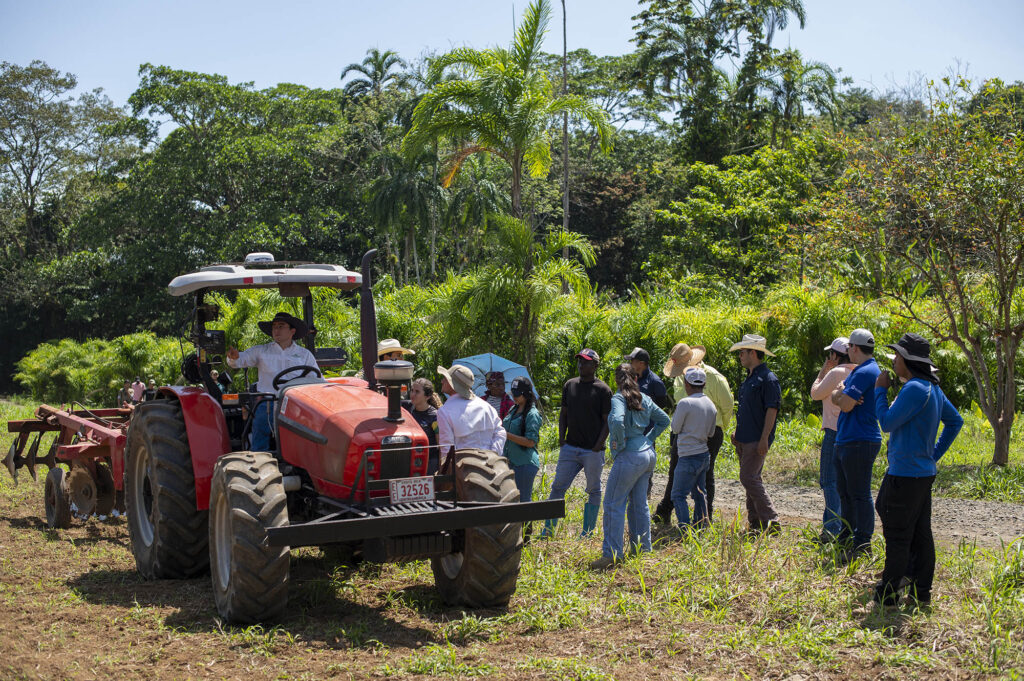
These are just a few of the tools used in classes designed to be dynamic, starting with theoretical sessions and followed by practical field experiences. “We want students to use the equipment, to lose their fear of technology, to make mistakes. Only then is learning strengthened,” says Professor Fernández. The idea is that mistakes are not obstacles but tools to generate meaningful learning, both technical and personal.
EARTH does not aim to impose the use of technology that is not accessible everywhere, but rather to prepare professionals who are aware of its existence and potential—individuals capable of seeking innovation wherever they go. From the first year, students learn that precision agriculture goes beyond the use of drones.
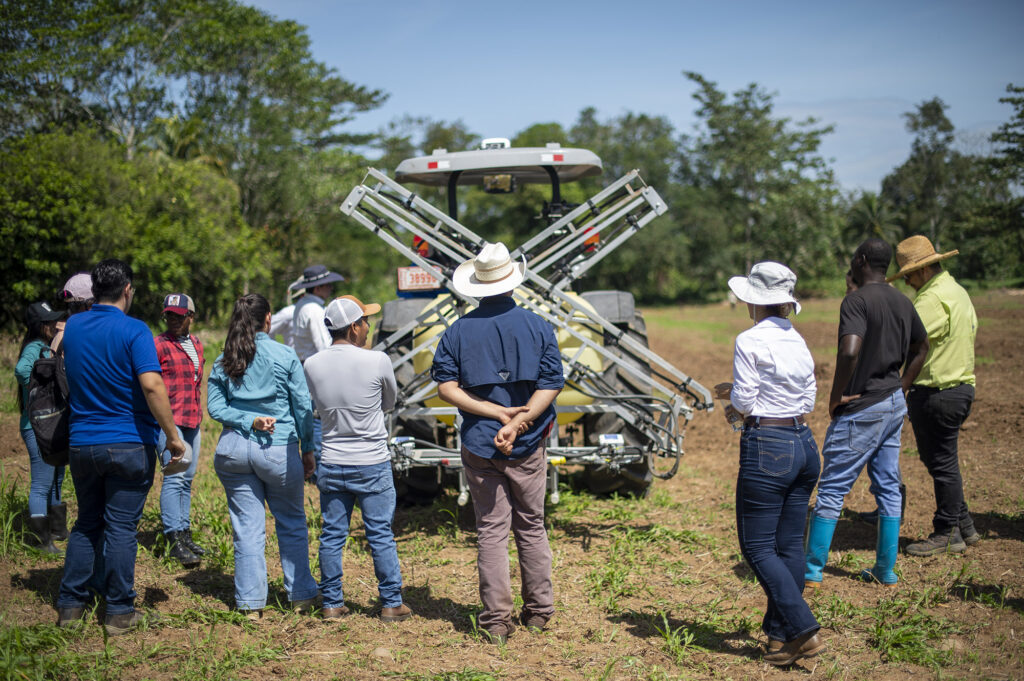
A critical approach based on data management is also promoted. “What isn’t measured, isn’t managed. Guesswork no longer cuts it; decisions must be based on real information,” he adds. This approach helps maximize resources, reduce agrochemical use, and protect the soil, the most valuable resource upon which all agricultural activity depends. Sustainability, therefore, is not a separate topic but a cross-cutting theme in education.
The ultimate goal is for students to become professionals capable of combining technical knowledge with social and environmental awareness—professionals who can adapt to different conditions and apply the precision agriculture and best agricultural practices they learn throughout their studies. With this vision, EARTH reaffirms its commitment to training transformative leaders for efficient, innovative, and positive agriculture for global food systems.
